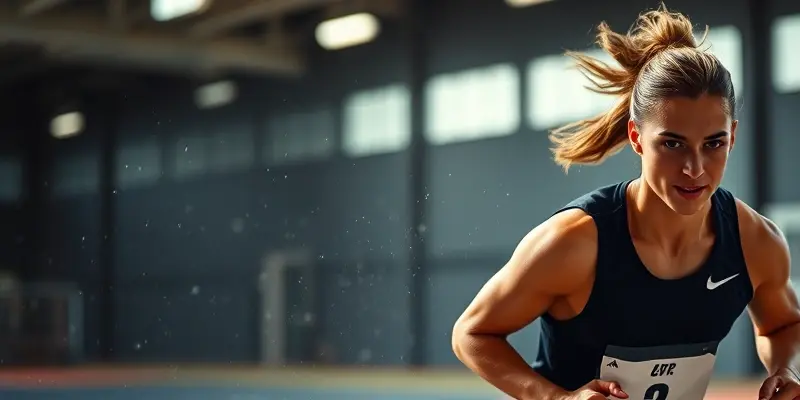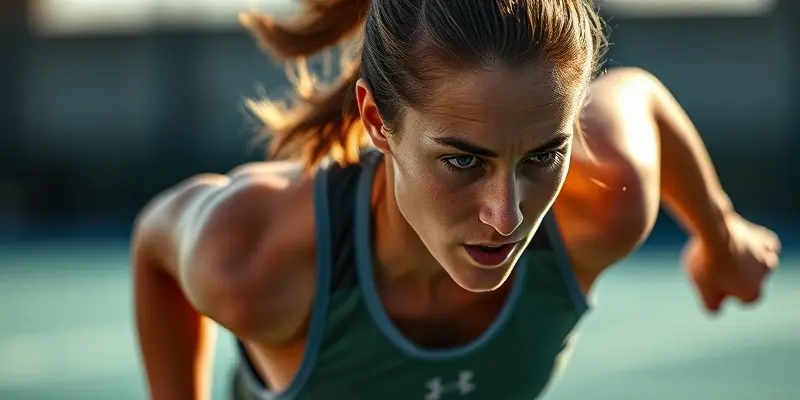Article Outline: Recovery & Injury Blog Post
-
Introduction: Importance of Injury Prevention
- Discuss the prevalence of sports injuries
- Highlight the impact on athletes and fitness enthusiasts
-
Common Sports Injuries and Prevention Strategies
- Types: sprains, strains, stress fractures, ACL tears, etc.
- Prevention techniques: warm-up, technique, gear, gradual progression
-
Beginner-Friendly Recovery Guides & Faster Healing
- R.I.C.E. method, physical therapy, nutrition
- Tools for muscle repair: foam rollers, compression garments
-
Psychological Methods for Motivation during Rehab
- Setting goals, visualization, social support, mindfulness
-
Conclusion: Key Points for Injury Prevention and Recovery
The article will focus on providing comprehensive insights into injury prevention, recovery strategies, and maintaining motivation during rehabilitation for athletes and fitness enthusiasts of all levels.
Google emphasizes the importance of creating content primarily for people’s benefit, focusing on originality, quality, and a great page experience. The content should demonstrate expertise, provide substantial value, and avoid search engine-driven approaches.
Self-Assess Your Content
- Evaluate your content for originality, quality, and depth.
- Ensure the content offers value beyond the obvious and is well-produced.
- Consider expertise, trustworthiness, and user experience in your content creation process.
By aligning your content with people-first principles and incorporating Google’s guidelines, you can create valuable, reliable, and engaging content for your audience.
Now, let’s proceed with drafting the complete blog post based on this outline and the Google standards.
Recovery & Injury: Essential Strategies for Athletes and Fitness Enthusiasts
Introduction: Importance of Injury Prevention
Sports injuries are a common setback for athletes and fitness enthusiasts, often leading to downtime and performance hindrances. Understanding the impact of injuries on individuals underscores the critical need for effective prevention strategies.
Common Sports Injuries and Prevention Strategies
Types of Injuries:
- Sprains, Strains, Stress Fractures: Common in high-impact sports.
- ACL Tears, Shoulder Injuries: Particularly prevalent in contact sports.
- Meniscal Damage, Shin Splints: Experienced across various activities.
Prevention Techniques:
- Warm-up and Cool-down: Essential for flexibility and recovery.
- Proper Technique and Posture: Crucial to avoid strain and enhance performance.
- Protective Gear: Invest in sport-specific equipment for injury minimization.
- Gradual Progression: Incremental training intensity to prevent overuse.
- Strength & Conditioning: Focus on core stability and supporting muscle groups.
- Appropriate Footwear: Choose gear that offers necessary support and traction.
Beginner-Friendly Recovery Guides & Faster Healing
Recovery Strategies:
- R.I.C.E. Method: Immediate management for mild injuries.
- Physical Therapy: Customized plans aid in tissue healing and function restoration.
- Nutrition for Healing: Prioritize protein, anti-inflammatory foods, and essential nutrients.
- Tools for Muscle Repair: Incorporate foam rollers, compression garments, and wearable tech.
Psychological Methods for Motivation during Rehab
Maintaining Motivation:
- Setting Realistic Goals: Incremental milestones enhance motivation.
- Visualization and Mental Rehearsal: Boost confidence and focus on successful outcomes.
- Social Support: Stay connected with teams and coaches for encouragement.
- Mindfulness and Stress Management: Techniques like meditation aid in coping with setbacks.
- visualization for healing
Conclusion: Foster Long-term Performance
Incorporating injury prevention, effective recovery strategies, and psychological motivation techniques are pivotal in ensuring athletes and fitness enthusiasts can stay resilient, recover promptly, and return to training safely. By combining evidence-based practices with the right mindset, individuals can optimize their performance and well-being in the long run.
By following these comprehensive strategies, athletes and fitness enthusiasts can proactively address injuries, enhance recovery speed, and sustain motivation during rehabilitation, ultimately supporting their pursuit of optimal performance and overall health.
[Previous Blog Posts]:[{“row_number”:2,”Title”:”Heal Faster with This Injury Recovery Checklist”,”SEO keyword”:”injury recovery checklist”,”URL “:”https://gympulse.club/injury-recovery-checklist-guide/”,”Summary of the content”:””},{“row_number”:3,”Title”:”Unlock Faster Recovery with Visualization for Healing”,”SEO keyword”:”visualization for healing”,”URL “:”https://gympulse.club/visualization-for-healing-guide/”,”Summary of the content”:””},{“row_number”:4,”Title”:”Phosphatidylserine: The Recovery Edge for Athletes and Fitness Enthusiasts”,”SEO keyword”:”phosphatidylserine for recovery”,”URL “:”https://gympulse.club/phosphatidylserine-for-recovery-benefits/”,”Summary of the content”:””}]
[Final Reminder]:
Do not remove any content or information from the current blog post, just add an internal link or adjust the content slightly if needed to add the internal link.
The final output must be the same content as before plus the internal links that were added.

